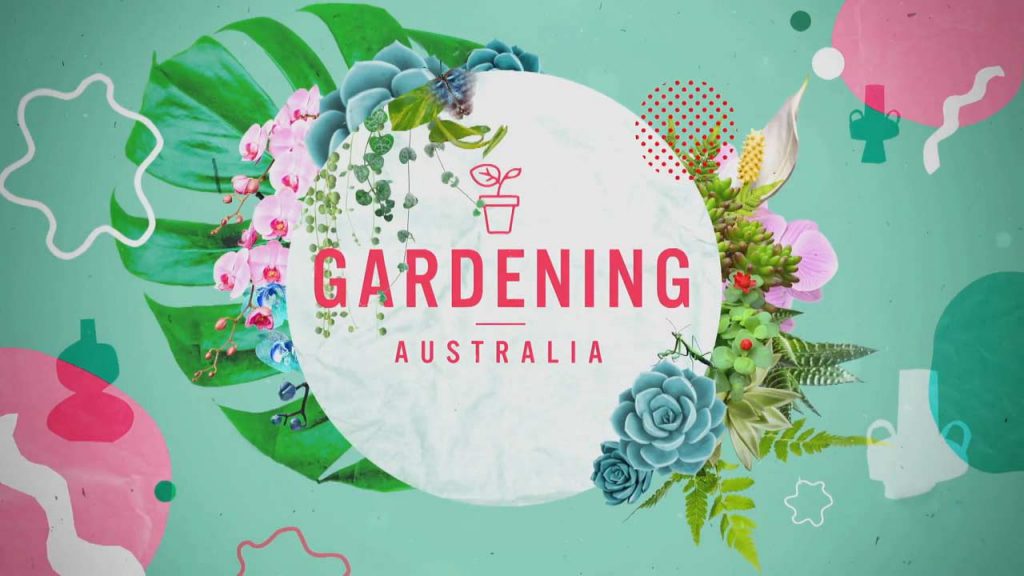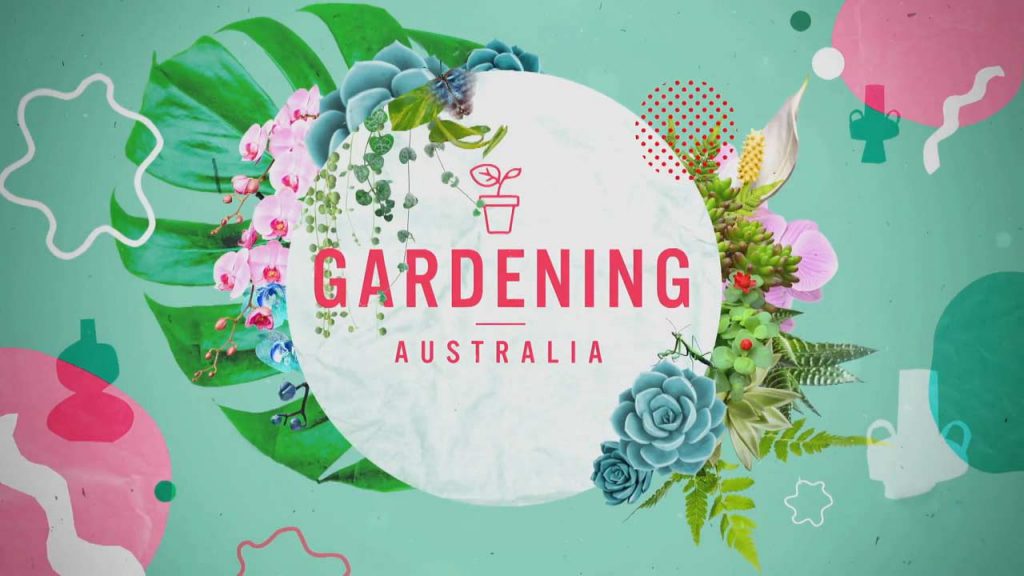Gardening Australia episode 15 2023 – Embarking on a fascinating exploration of nature, Clarence and Millie marvel at the beauty and resilience of a landscape that has undergone remarkable transformation. While they take in the breathtaking sights, Costa detours to pay a visit to a food rescue centre, a beacon of hope in the fight against food waste, ensuring that everyone in the community can have a decent meal.
(AI subtitles available in 11 languages: French, Spanish, Italian, German, Danish, Swedish, Romanian, Dutch, Arabic,Polish, English)
Simultaneously, Josh finds himself in the company of a remarkably productive duo, two individuals who are defying the odds to contribute significantly to their environment. In another part of the world, Tammy takes on the unique and rewarding challenge of caring for a batch of particularly fussy figs, ensuring they are tended to with the highest level of care and expertise.
Sophie, always willing to share her profound knowledge, offers invaluable tips for successful plant transplants, ensuring the best possible survival rate for your green companions. Last but certainly not least, we have the honour of introducing a dedicated team, whose noble and inspiring mission is to keep Indigenous languages alive, preserving the rich cultural heritage they embody. The story of each of these remarkable people and places paints a vivid picture of the world around us.
Gardening Australia episode 15 2023
Backyard Besties
Yan and Elna have transformed the backyard of lawn and weeds into a thriving and productive vegie garden with heaps of colourful flowers, fruit trees, and a pond with native aquatic plants. Their whole block is 840 square metres, so there was a lot of room to work with. Yan says, ‘I think I was always growing something, but this is a bigger scale than I ever imagined in this large backyard.’
During the pandemic, Yan was unable to work as a dentist, so found herself with a lot more time on her hands. ‘I was sitting in my backyard wondering what I should do with myself, so I put some seedlings in, saw them grow, and immediately got addicted to it.’ Elna says, ‘I’m more like a behind the scenes kind of person: I do all the mulching, hard work building structures and things like that.’
They found making friends with fellow gardeners online was really helpful in meeting the different garden challenges. They had to work the sandy soil that is typical of Perth’s gardens by adding compost and manure. “This spring I put a bit of clay for the first time to retain moisture a bit, so that hopefully don’t have to water as much,” says Yan. They have a wildlife pond with water lilies, juncus, triglochin, duckweed, and water milfoil. Elna says, ‘We can hear the frogs but haven’t seen them yet.’
They have some questions for Josh, including a grevillea with yellowing leaves, which Josh thinks may be due to phosphorous toxicity. They have used concrete reinforcing to build arches to support climbing plants, including beans and luffas. And they used the bones of an old shed and reworked it into a place to sit. Their advice to new gardeners is to start small, work one small patch at a time, and grow plants that you most like to eat.
Bendigo Restoration
Clarence and Millie meet the communities restoring Bendigo creek habitat to its pre goldmining glory. Bendigo is famous for its goldrush, historic buildings and its art. While the goldrush put this city on the map, it also had its impact on the natural landscape. Like so many places around Australia, those impacts are still felt today, but there are amazing people doing important work to reconnect to Country, restore the waterways and support the native ecology.
Trent Nelson is a Dja Dja Wurrung and Yorta Yorta man, chairperson for the Dja Dja Wurrung Aboriginal Corporation and part of the Bendigo Creek project. Clarence and Millie are welcomed by Trent, “this is my great-great grandfathers Country. Today we’re here at Wanyarram Dhelk which is a really sacred area for us in terms of a new way of creating our landscapes moving forward for the future.”
The Bendigo Creek Project is a collaboration involving the traditional owners, the city of Bendigo and other government agencies who are all working together to rejuvenate parts of the damaged waterway. Various impacts happened overtime which led to 20kms of the waterway becoming an urbanised channel. Trent says, “it’s a stone waterway that wasn’t there when my ancestors managed this country… It was not just a long stream that connected water from one place to another. It was actually a series of pondages, waterways and areas where our people could congregate around. It was a life source for us.”
Wanyarram Dhelk means ‘good waterhole’ in the Djaara language. To improve the health of the water, a series of ponds have been reintroduced to the landscape to mimic what the 150km creek once was. The frog ponds slow down and retain the water, and rock battering and native vegetation such as lomandra and kangaroo grass help filter the water and provide habitat for wildlife. Trent says, “water, what we call Gatjin, is our life source. We need water to survive, but for us, our Country needs water to survive as well. Any water that’s being distributed across Country, it’s our right as Aboriginal people to look after that water and make sure it’s healthy for the next neighbours or the Country it’s going into down the track.”
Plant Profile: Rice Paddy Herb
Jerry introduces us to his new favourite plant; the Vietnamese Rice Paddy Herb. As the name suggests it’s quite tropical and enjoys plenty of moisture. Jerry grows this for its flavour which tastes like cumin. However, unlike cumin, it can be grown all year round in the subtropics. The best use for this is in salads and Vietnamese first soups. With delicious leaves and succulent edible stems, there’s no wastage. Jerry suggests growing Rice Paddy Herb in a pot placed in a large container of water. Topping it up regularly will make sure it always has access to moisture and will provide shelter.
To propagate just simply take a small section and put it in fresh propagating mix. In about six to eight weeks, they’ll produce new plants with new roots. As a moisture-loving plant, its one weakness is that cuttings can wilt very quickly after they are taken. Jerry suggests moistening them with water every day for the first month after propagating and keeping them enclosed to build up the humidity. Caring for them like this will prevent them from wilting during the rooting process. Place the box in a well-lit position but out of direct sunshine – and that’s it!
You can have the flavour of cumin in a warm climate all year round and it tastes delicious!




